Appointment Reminder Letter Template for Professional Use
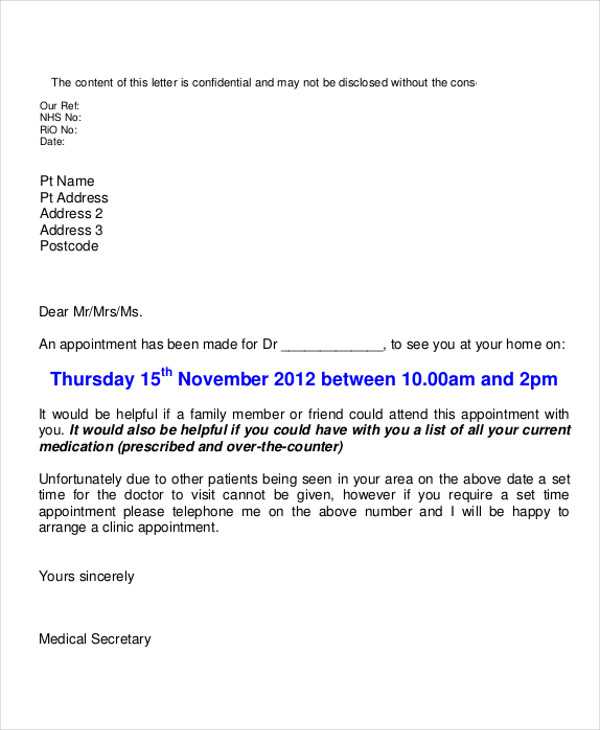
Clear and professional communication is essential when it comes to ensuring clients or participants do not miss important meetings. Sending a well-crafted notice ahead of time helps reinforce the schedule, reduces confusion, and strengthens relationships. These communications serve as a helpful prompt, reminding everyone of the upcoming commitment and its significance.
By using a carefully structured format, you can efficiently convey the necessary details without overwhelming the recipient. Whether for business appointments or personal engagements, the key is to deliver the message in a straightforward, respectful, and timely manner. A well-written reminder not only clarifies the date and time but also fosters trust and reliability.
Tailoring the message to your audience is crucial, as different types of appointments may require distinct tones or information. It’s important to find the right balance between professionalism and friendliness, ensuring that recipients feel both informed and valued.
Why Appointment Reminder Letters Matter
Maintaining effective communication is essential for ensuring smooth interactions between businesses and their clients. A well-crafted notification serves as a helpful tool for confirming scheduled engagements, reducing the risk of no-shows, and ensuring both parties are aligned on expectations. This proactive approach ensures that time is not wasted, and resources are utilized efficiently.
These notices also enhance professionalism, showing that the organizer values the other party’s time and commitment. In addition to confirming the date and time, such messages provide an opportunity to offer additional details, such as required preparations or changes to the initial arrangement, which helps avoid any last-minute confusion.
For businesses, consistent use of well-prepared communications can improve customer satisfaction and retention. Clients are more likely to trust an organization that consistently follows up and demonstrates consideration for their schedule. By building this level of reliability, you foster stronger relationships and encourage long-term partnerships.
Crafting the Perfect Reminder Letter
Creating an effective notification involves more than just conveying the basics. It’s about striking the right balance between clarity, tone, and the relevant details. A well-constructed message not only serves as a gentle nudge but also reflects your professionalism and respect for the recipient’s time. Ensuring the right information is included while maintaining an appropriate tone can make a significant difference in the effectiveness of your communication.
Key Components to Include
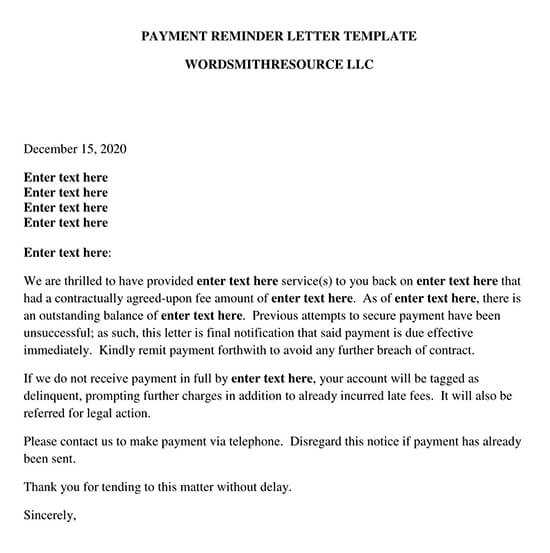
When composing such a message, it’s essential to include all the necessary details without overwhelming the recipient. Focus on brevity, but be sure not to omit any critical information that might be needed for the upcoming engagement.
| Component | Description |
|---|---|
| Date and Time | Clearly state when the engagement is scheduled to take place. |
| Location or Platform | Include where the meeting or event will occur, whether it’s physical or virtual. |
| Additional Instructions | Provide any details the recipient needs to prepare for the event, such as documents or specific attire. |
Choosing the Right Tone
Another crucial aspect is the tone of your message. The tone should be professional yet approachable, ensuring that the recipient feels respected. Whether you’re sending a formal notice to a client or a casual one to a colleague, the tone should match the nature of the relationship while remaining polite and considerate.
Key Elements of an Effective Template
An effective communication tool is built on a few core elements that ensure clarity, accuracy, and professionalism. The structure of the message should be straightforward, with a clear flow that makes it easy for the recipient to understand the details at a glance. It’s important to make sure that every critical point is addressed in a concise yet comprehensive manner, creating a balance between formality and approachability.
Clear and Concise Information
One of the most important aspects of a successful communication piece is ensuring that all necessary details are clearly stated. The recipient should not have to search for key information such as the date, time, and location. Simplicity is key – use short paragraphs and bullet points where possible to make the message easy to digest.
Professional Tone and Formatting
The tone should always reflect the nature of the engagement. Whether it’s a formal meeting or a casual check-in, the language should align with the relationship. The formatting should also support easy readability. A well-structured message with appropriate spacing, headings, and bold text for important details ensures that the recipient can quickly access all the relevant information.
Personalizing Your Appointment Reminders
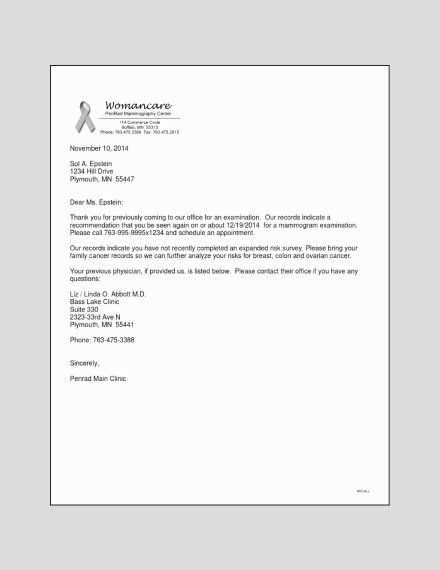
Personalization is a powerful tool in communication, helping to establish a stronger connection with the recipient. Tailoring your messages to fit the individual or the specific event shows attentiveness and care, making the recipient feel valued. A personalized touch can improve engagement and increase the likelihood of a positive response, as it aligns the message more closely with the recipient’s expectations and needs.
Key Ways to Personalize Your Messages
- Use the Recipient’s Name: Addressing the recipient by name creates a sense of familiarity and attention.
- Include Relevant Details: Mention specifics, such as the nature of the event or any special instructions, to make the communication feel more tailored.
- Adjust the Tone: Match the tone of your message to the recipient, whether it’s formal for business interactions or casual for informal engagements.
Benefits of Customization
- Improves the likelihood of the recipient paying attention to the details.
- Enhances the perception of professionalism and reliability.
- Strengthens relationships by showing attentiveness and care.
Best Practices for Sending Reminders
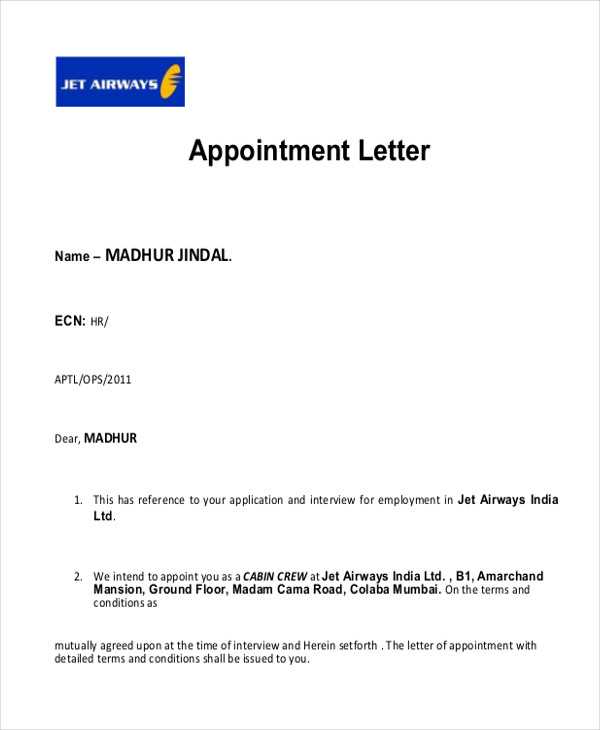
Sending effective notifications involves more than just drafting a message; timing, frequency, and delivery methods all play a crucial role in ensuring your communication is both well-received and impactful. By adhering to best practices, you can maximize the chances that your message is noticed and acted upon. Being mindful of how, when, and how often you send these communications can make a significant difference in their success.
Timing and Frequency
- Send in Advance: Provide enough lead time to give the recipient ample opportunity to prepare or adjust their schedule.
- Follow-up Reminders: A gentle follow-up a day or two before the scheduled time can help reinforce the message without being overly intrusive.
- Avoid Last-Minute Notices: Sending a reminder too close to the event may cause confusion or stress, so plan ahead.
Choosing the Right Communication Channel
- Consider using email for formal notifications, which can be easily tracked and saved by the recipient.
- Text messages are effective for a more immediate and personal touch, especially for shorter notices.
- For virtual meetings, using a calendar invite can serve as both a reminder and a way to keep the recipient organized.
Common Mistakes to Avoid in Letters
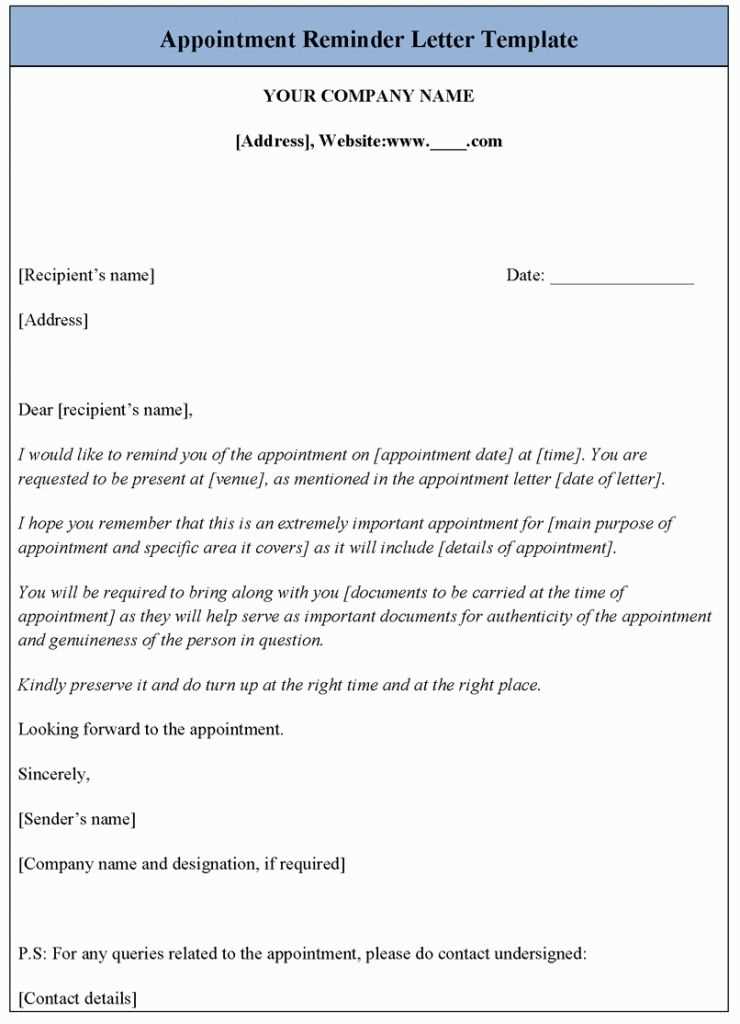
While drafting a communication for a scheduled event, it’s easy to overlook certain details that can impact its effectiveness. Avoiding common errors ensures that the recipient receives the message clearly and without confusion. Small mistakes, such as missing crucial information or using an inappropriate tone, can lead to misunderstandings or even cause the message to be ignored.
- Failing to Include Key Information: Always double-check that all necessary details, such as the date, time, and location, are included. Omitting these can leave the recipient unsure about the event.
- Overcomplicating the Message: Keep the communication simple and to the point. Overloading the recipient with unnecessary details can cause the main message to be lost.
- Inconsistent Tone: Make sure the tone aligns with the nature of the event. A formal notice for a business meeting should not have a casual tone, and vice versa.
- Sending Too Late: If the notice is sent too close to the event, the recipient might not have enough time to prepare or adjust. Timing matters for effectiveness.
By paying attention to these potential pitfalls, you can ensure your communication is both clear and professional, leading to better outcomes and fewer misunderstandings.